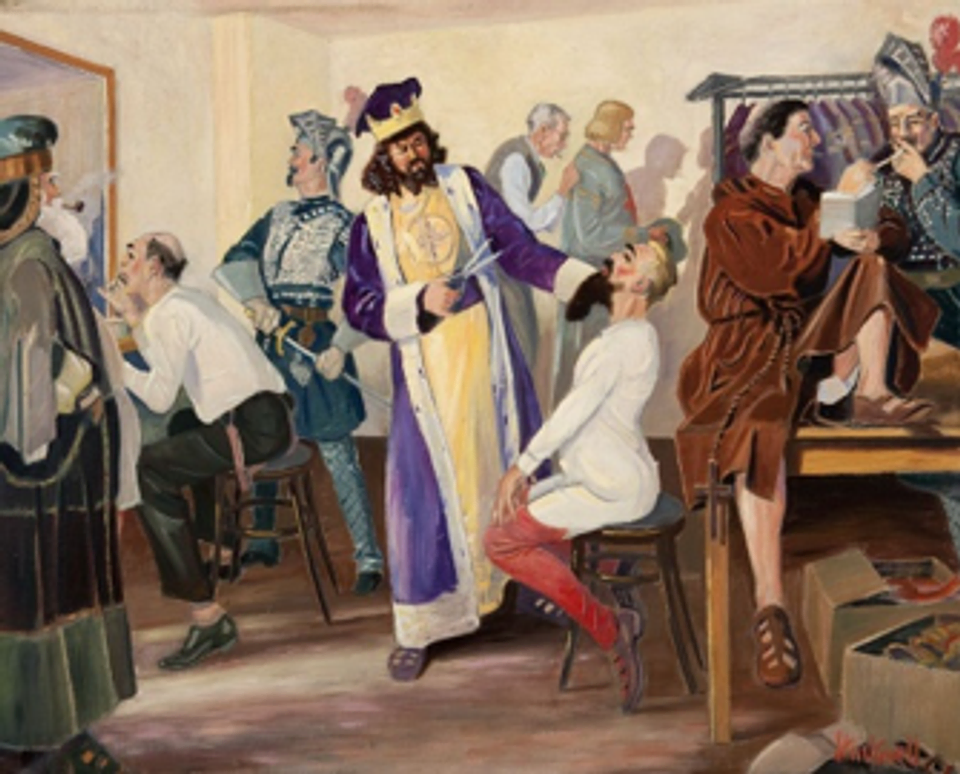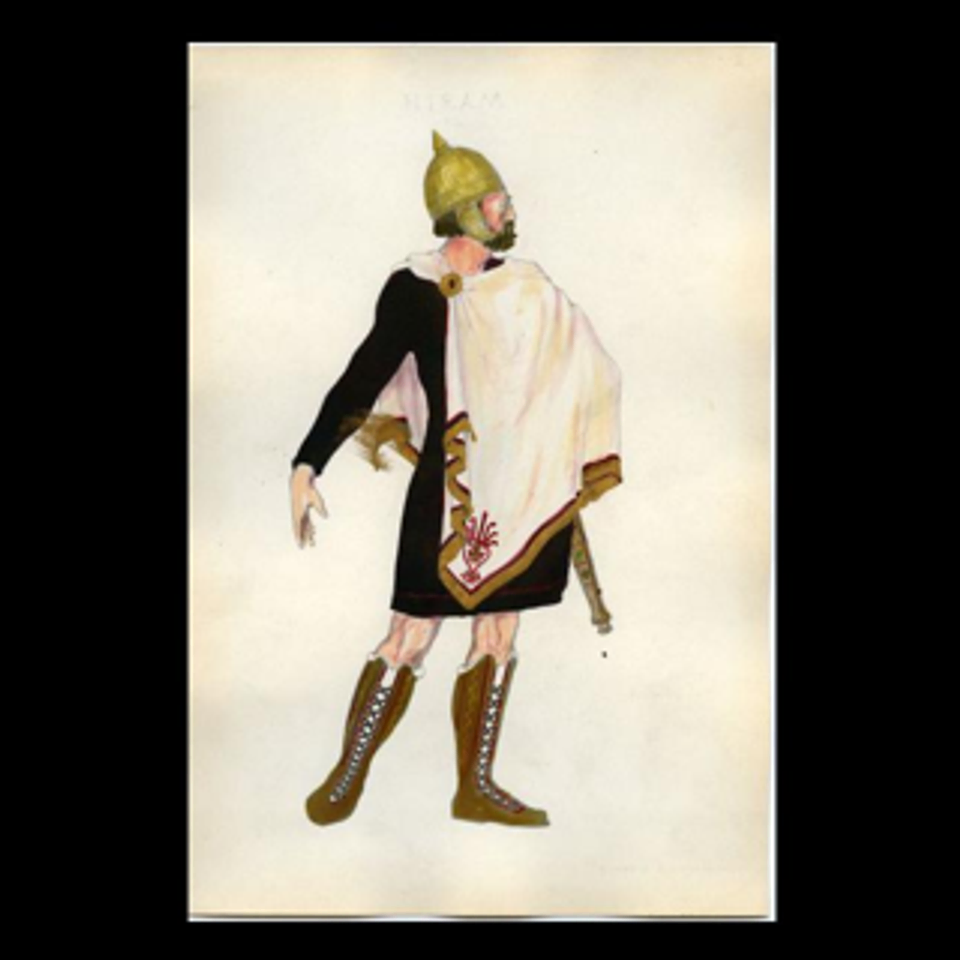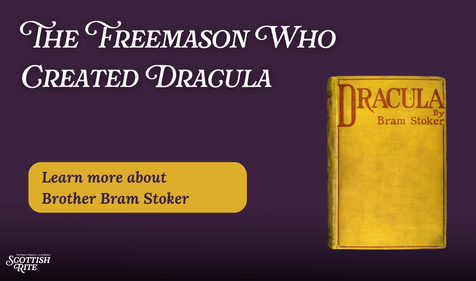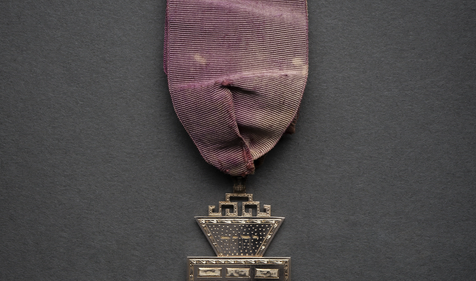Scottish Rite degrees are plays, often staged with costumes, scenery, special effects, and the full rigging of a dramatic production.
The Scottish Rite is a unique body in Freemasonry that allows its members to explore the blue lodge's ethical teachings in greater depth. The 29 Scottish Rite degrees present Masonic philosophy so that men might understand the reason and purpose of life and thereby gain the knowledge and inspiration to better themselves and society. Staged as plays, our degrees are replete with costumes, scenery, special effects, and the full rigging of a dramatic production; witnessing all 29 is a journey unlike any other in Freemasonry.

While the lessons at the heart of the degrees have never changed, the stories through which they are taught have evolved. Regalia has long been an integral part of American fraternalism, and Scottish Rite costumes remain one of the more exciting pieces of this history. Understanding the modern Scottish Rite degrees and costume design helps to know the context of Masonry in American history and its influence on society.
American Fraternalism
In the decades following the Civil War, 20 percent of all American men belonged to one or more fraternal order. By 1900 there were nearly six million members across more than 235 organizations. It was common amongst these fraternities to use pageantry to communicate their philosophies, as is still the case for many today. In many cases, ceremonial dress, including aprons and costumes were integral to the performances.
Interestingly, this rise in fraternal ritual mirrored theater's growth as one of the most popular entertainment forms in the United States in the nineteenth century. Americans were experiencing more downtime, and transportation advancements made it possible for theater troupes to travel the country. As theater became more prominent, so grew the appetite for everything from vaudeville shows to biblical reenactments and dramatic plays.
The Designs of Walter B. Tripp
It is not hard to see the parallels between Masonic initiation and this development in American culture. Freemasons incorporated costumes, props, and stage productions into their ceremonies to enhance their degrees and stories and help members find their identity as part of the brotherhood.
By the late 1800s, membership in the Scottish Rite was flourishing. It was around this time that the Scottish Rite of the Northern Masonic Jurisdiction altered its rituals. To accommodate the changes, performing the degrees now required larger casts and new sets and costumes. To satisfy this need, the Supreme Council commissioned the design of 119 new costumes during the 1910s.

The man who completed the designs was Walter B. Tripp. His new designs were vibrant and detailed, providing a roadmap for many of the costumes in use by Valleys today. On each design, Tripp would detail the suggested pattern or textile and attach a typewritten description of the costume’s various elements on its back as well as sources he consulted during development. To create historically accurate costumes to reflect the characters in the degrees, Tripp references American, German, French, and British works. He also found inspiration through biblical writings, paintings, and archaeological discoveries.
On Display
Today, all 119 of Tripp’s original designs can viewed online at the Scottish Rite Masonic Museum & Library website. The museum also features a virtual exhibition highlighting 32 designs, organized by degree group, which briefly explores the illustrations and what they can teach us about the fraternity. Some of the characters highlighted in this exhibition include Solomon, Hiram of Tyre, and many others.
Related Stories
Discover additional Scottish Rite blogs and news on this topic.
-
The Freemason Who Created Dracula: The Story of Bram Stoker
History
Read More about The Freemason Who Created Dracula: The Story of Bram Stoker
-
A Funny Remembrance: The Life of Illustrious Brother Red Skelton, 33°
History
Read More about A Funny Remembrance: The Life of Illustrious Brother Red Skelton, 33°
-
A Past Grand High Priest Jewel Made for Albert Gallatin Mackey
History
Read More about A Past Grand High Priest Jewel Made for Albert Gallatin Mackey



